Sustainability is a topic of particular concern to industry right now. Alongside the optimization of numerous organizational processes, the complete machining of components is one of the main technological solutions for making production more efficient and consequently more sustainable. Under the ‘Future of Sustainability in Production‘ banner and on the joint stand of the same name, EMO Hannover 2023 is dedicating itself to the topic of sustainability as a task which society as a whole needs to address.
Most precision tool specialists and manufacturers of grinding machines and machining centers are very familiar with process optimization. The aim is to find the most productive and economical – and increasingly also the most sustainable – process for each individual customer. Industrial and scientific experts will be showing which manufacturing technologies are available for the complete production of even highly complex components, thereby making manufacturing even more sustainable.
Complete machining with precision tools
“Offering more than 25,000 standard tools and over 150,000 customized special solutions, Tübingen-based Paul Horn GmbH is broadly positioned within the market and will be showing numerous innovations, solutions, applications and processes at EMO 2023 in Hanover,” announces Managing Director Markus Horn. “This means that Horn is ideally placed for fulfilling the criteria of complete machining, as the following practical examples show.”
Different Horn tools were used to produce a “tick stick” on a sliding-headstock automatic lathe. The first step involves turning the outer diameter. This is followed by milling of the blade contour. The tool uses full-width grinding to create the upper contour as well as the lower surface of the blade. A 3 mm ball-nose cutter is used to mill a shoulder on the blade for extracting the tick. This is followed by the milling of the blade. In the next machining step, an external M7 x 0.5 thread is produced, allowing it to be screwed into a sheath. After the thread is made, the remaining contour is copied. Then a further circular milling plate mills two opposite areas on the outer diameter. These surfaces serve both as grips and also as areas for labelling. The final step is the tapping of the part. All production steps are conducted on just one machine.
“Another example is the complete machining of a nozzle. This is made of 1.4301 stainless steel,” explains Markus Horn. “It takes multiple machining operations performed with different Horn tooling systems to make this part.” Minimum quantity lubrication (MQL) is used for this. During longitudinal turning of the nozzle, the part is lubricated via the coolant holes on the tool holder, just as during the production of the external thread. The internal boring of the nozzle is performed using a Horn tool which has a coolant hole in the plate itself. This channels lubricant through the plate to the cutting edge and cutting zone. “All the tools used are standard tools that are sustainably lubricated using MQL,” emphasizes the Managing Director. “All solutions are also designed for MQL, meaning that they need no further adaptation.”
Turnkey grinding is no longer enough
The complete machining of complex workpieces in a single setup has now become standard. Developments in recent years clearly show how demands in grinding are constantly increasing. “However, this applies not only to grinding, but also and above all to the upstream and downstream manufacturing processes,” says Heiko Zimmermann, Head of Sales Europe at Adelbert Haas GmbH in Trossingen. “Software is definitely the key to success here.” In recent years, the fact that software is a key element which can help manufacturers of complex workpieces take a decisive step forwards has been impressively demonstrated by the precision specialists at Adelbert Haas. The software permits digital pre-grinding and visible machining offset, showing all the details, the unevennesses and transitions. Even residual waviness in the workpiece surface is displayed for the most precise adjustments and corrections as well as process optimization decoupled from the machine. “The results are measurable savings of blanks and abrasives, and significantly reduced processing times,” explains Zimmermann. “This means that competitive cycle times are no longer dependent solely on grinding know-how and physical test machining runs, but can be worked out in advance without the need to waste machine hours and resources. We’ll be demonstrating this and much more at EMO Hannover 2023.”
Manufacturing control represents a further significant factor because of the increasing importance of using materials, energy and resources more efficiently. The focus is on being able to map and control the entire manufacturing process. All process components – such as manual scanners, automation solutions, cleaning systems and labeling machines etc. – can be added and removed digitally, as required. This creates maximum transparency in order planning – despite the different priorities and station configurations required for the individual orders. Orders can be modified during production. This saves valuable time and helps reduce downtimes. Setup can be carried out during the current job, thus lowering downtimes.
Thinking in terms of processes – Closed-loop automation
“Index-Werke GmbH & Co. KG, Hahn & Tessky from Esslingen is known for its high-performance turning and milling machine tools,” explains Global Marketing Manager Rainer Gondek, “but increasingly also for its automation solutions.” These are basically used for loading and unloading the machines, but they also pave the way for automated process control – based on closed loops. For Index, this includes the producing, handling, measuring/testing and compensating elements. For example: The user manufactures a series of components on an Index automatic production turning machine. The connected Index robot cell takes care of the parts handling. A robot inserts the blank from the pallet into the machine, removes it after processing, passes it to the inspection/measuring system installed in the robotic cell, and then returns the measured part to the pallet.
“The inspection device records the relevant dimensions for the component, which are read in real time by the intelligent process control (IPC) unit. This communicates with the machine control via our closed loop interface. The interface allows the transmitted measurement characteristics to be matched to the relevant tools and appropriate corrections to be made,” explains Gondek. The measurement strategy software is simple to use: Users can specify the required measurement processes (including up to 100 percent measurement) for each component, as well as define tolerance ranges and correction characteristic values. The tool corrections are updated based on this, allowing continuous automated process control without the need for operator intervention. This allows typical causes of process instability – such as tool wear and thermal influences – to be compensated for. It also gives users a clear picture of the current trends at all times. “We are looking forward to EMO Hannover where we will be able to present our innovative solutions in detail to all interested parties,” announces Rainer Gondek.
High dynamic turning and laser machining
Developments such as new tooling and machining concepts as well as new process combinations are often regarded as the basis for the efficient production of complex components. Novel tools and strategies for turning which are currently being explored by the Institute of Machining Technology (ISF) at the Technical University of Dortmund are aimed at creating high dynamic turning processes that can be used on machining centers for complete machining. In addition to the increased rigidity created by the enhanced application of forces, the tool itself replaces several standard tools by optimally utilizing the Y, Z and C axes of the turning/milling center. The flexibility of the process allows complex features to be created much more productively and efficiently without tool changes, while distributing tool wear more evenly along the cutting edges, resulting in longer tool utilization.
In addition to machining, laser processes are also offering increasingly universal possibilities for material processing, with the machining/lasering combination in particular offering further advantages. The lasering of pilot holes in combination with a deep drilling process in a single machine, for example, significantly increases flexibility. Laser drilling can be used to drill pilot holes on angled, curved or surface-hardened components without tool deflection or tool wear. The single-flute drill inserted into the resulting pilot hole then allows high-quality deep holes to be created in a reliable manner. “New possibilities in complete machining are reliant upon developments in machines, tools and processes. Which is why EMO Hannover, as the world’s leading trade show for production technology, offers an ideal platform for gaining a comprehensive overview and thus for identifying the right solutions for specific applications,” concludes ISF Institute Director Prof. Dirk Biermann.
Using technology for greater sustainability
As the world’s leading trade fair for production technology, the international event, from September 18 to 23, 2023, claims to think way outside the box in both social and technological terms. EMO Hannover is focusing especially on the megatrend of sustainability – a topic that is of particular importance globally. In Hanover, participants will be treated to practical presentations of different technically optimized processing possibilities aimed at making production more sustainable.


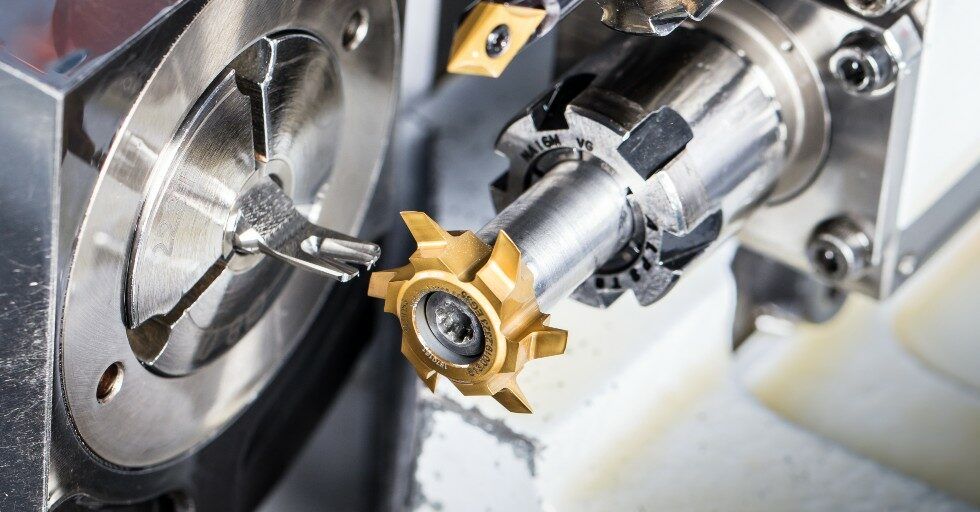

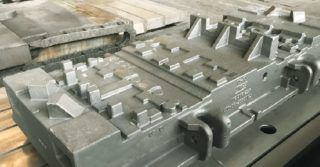
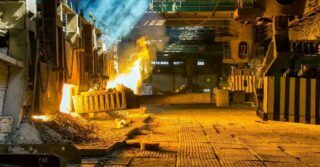
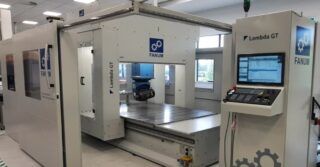
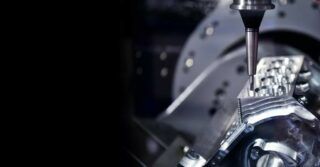
![By 2030, the market size of metal processing tools is expected to reach $120.44 billion [REPORT] By 2030, the market size of metal processing tools is expected to reach $120.44 billion [REPORT]](https://industryinsider.eu/wp-content/uploads/xcutting-tools-320x167.jpg.pagespeed.ic.SgnEk-RWA-.jpg)